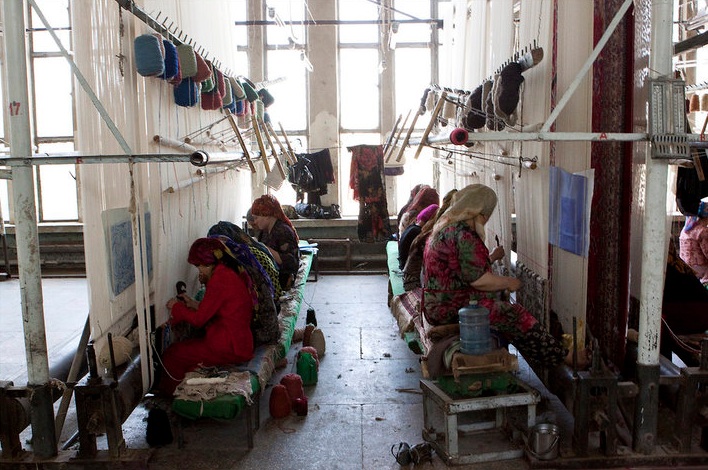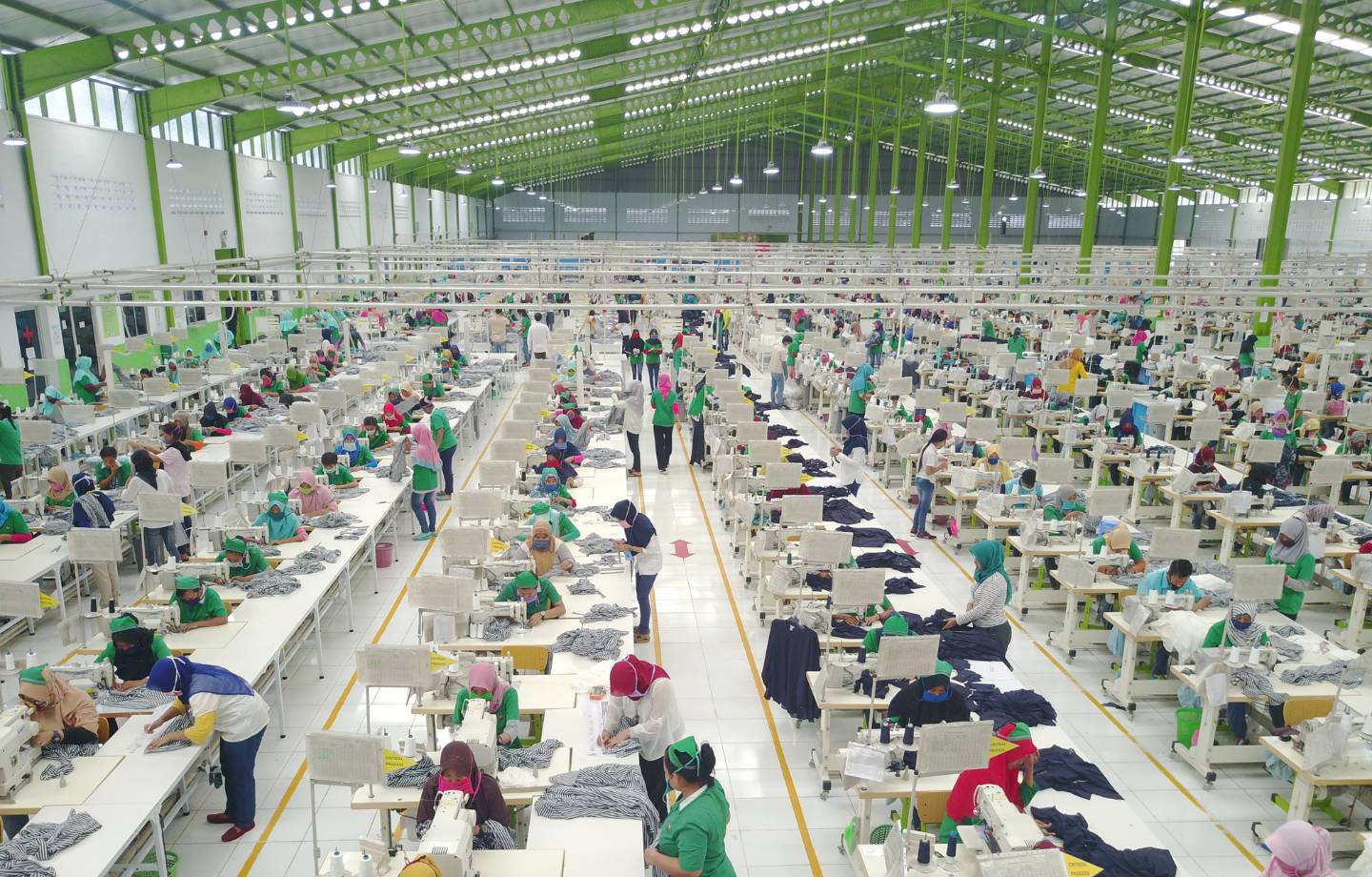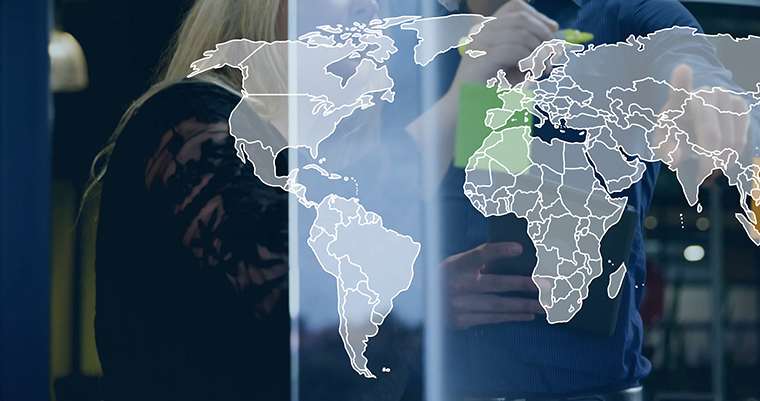What Forced Labor in Xinjiang Factories Says about Supply Chains

December 20, 2018
Disturbing reports of forced labor in the Xinjiang region of China have captured recent headlines. Located in a remote corner of northwest China but bordering eight countries, Xinjiang in its heyday served as the crossroads of the Silk Road trading route. Now, it is playing a far more sinister role in the global supply chain. Perhaps as many as hundreds of thousands of detainees – mainly members of Muslim ethnic minority groups – have been compelled by the Chinese government to work in factories in the region, some producing garments. The detainees are being held under the auspices of a two-year-long Chinese government campaign to quell separatist activism and alleged terrorist activity. Experts say that more than one million people have been detained, most for the slightest of perceived infractions. Their wages, if any, and the working conditions in these factories are unknown to outsiders.
At least some of the clothing from these production lines has ended up being sold in the United States and Europe, according to The New York Times and other media outlets. This has happened even when the Western brands have used third-party certification programs to investigate Chinese suppliers. While important, third-party certifiers are not foolproof. Their value depends on the quality of the inspections investigators are able to carry out and the access they gain to the factory floor.
The U.S. banned imports made with forced labor in 1930. Unfortunately, enforcement requires first-hand knowledge and traceability of the product back to its origin, both of which are extremely rare, especially in a place like Xinjiang. No journalists or observers are allowed to visit the detainees in these factories. The Chinese government has said publicly that it is providing much-needed job training in an economically depressed area, a claim that has been met with skepticism by the United States and other countries. But even as U.S. legislators from both sides of the aisle denounce China’s detention policy, the products of that confined workforce have still managed to trickle onto U.S. shores.
This situation illustrates just how complex and opaque apparel supply chains can be. As Western brands and retailers search for increased efficiency and ever-lower costs, it’s become routine for multiple factories located across numerous borders to work on any item of clothing before it hits the store. The cloth may come from one country, the buttons from another; these items may be shipped to a third location to be sewn together. Apparel companies struggle to manage their supply chains as they grow longer and more distant.
In Bangladesh, for example, our research has found that subcontracting is a critical part of the business model for high-volume, low-cost clothing production. Turning a blind eye to this routine practice has resulted in tragic consequences. We have also found that, despite claims that certain Bangladeshi factories serve only local or regional consumers, their products end up in the international marketplace. Drawing a line around a factory and deeming it exempt from certain safety or labor standards because it ostensibly does not export is an ineffective strategy to uphold workers’ rights.
The arbitrary detention policy of Uighurs, Kazakhs, and other minority groups in Xinjiang should be stopped and forced-labor factories shut down. But the reports of forced labor and other human rights abuses in China, sadly, are not new. These intractable problems have plagued global supply chains for decades. Indeed, creating a transparent supply chain that respects human rights can be a daunting task even with greater oversight. No single company can tackle the issue on its own. Other stakeholders that have been benefiting from the global system of production should also play important roles. Multi-stakeholder groups such as the Fair Labor Association are critical players on the front-lines of eradicating forced labor. We believe that a shared responsibility approach, in which all of the key stakeholders – including governments, multilateral organizations, civil society members, suppliers, factory owners, and apparel companies – work together to take responsibility and collaborate is the lasting path forward.
 Global Labor
Global Labor


